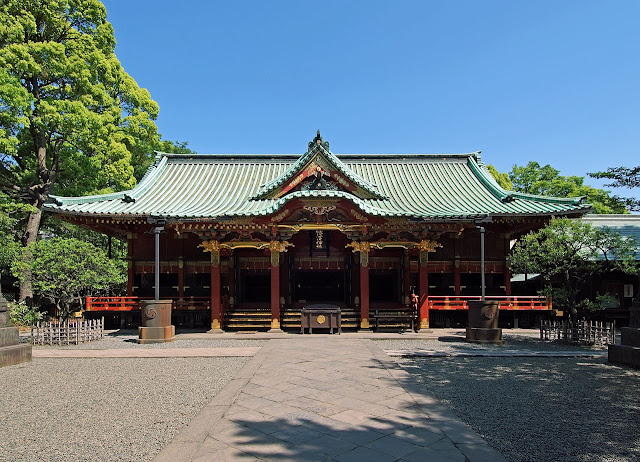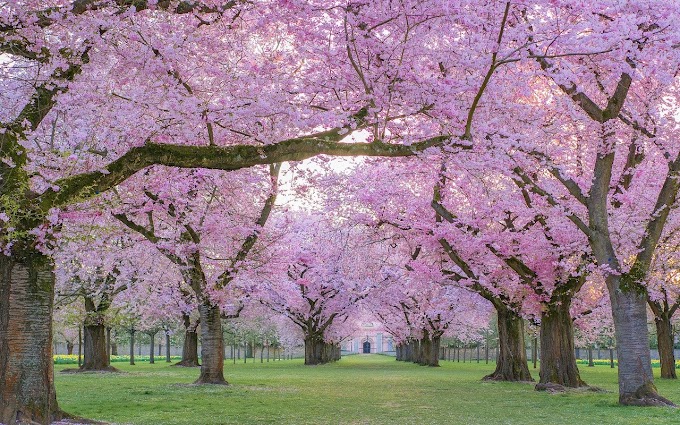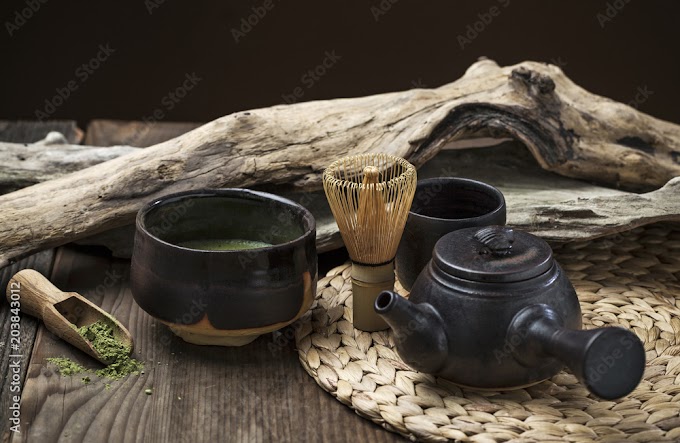In This Post, we will introduce The Most Interesting historical Sites in Tokyo that offer the opportunity to experience and learn about the history of this city .
Nezu Shrine - 根津神社
Nezu Shrine is a Shinto shrine located in the Bunkyō ward of Tokyo, Japan. Established in 1705, it is one of the oldest places of worship in the city, and several of the buildings on the shrine grounds have been designated as Important Cultural Property. It is famous for its Azalea Festival (Tsutsuji Matsuri) which is held on its grounds from early April until early May, and it has been described as "Tokyo’s most beautiful shrine" and as one the city's "most spectacular spring scenes
According to the legend, the Nezu shrine was founded in Sendagi, just north of the current location, in the 1st century by Yamato Takeru .The chief deity of the shrine was Susanoo-no-Mikoto, the kami of the sea and storms
Tsukiji Hongan-ji Temple - 築地本願寺
Tsukiji Hongan-ji is a Jodo Shinshu Buddhist temple constructed with a motif of ancient Indian architecture and located in the Tsukiji district of Tokyo, Japan. The temple is adjacent to Tsukiji Station on the Tokyo Metro Hibiya Line.
The Tokyo Imperial Palace - 皇居
The Tokyo Imperial Palace is the usual residence of the Emperor of Japan. It is a large park-like area located in the Chiyoda district of the Chiyoda ward of Tokyo and contains several buildings including the main palace (宮殿, Kyūden), some residences of the Imperial Family, an archive, museums and administrative offices. It is built on the site of the old Edo Castle.
Sensō-ji Temple - 金龍山浅草寺
Sensō-ji is an ancient Buddhist temple located in Asakusa, Tokyo, Japan. It is Tokyo's oldest temple, and one of its most significant. Formerly associated with the Tendai sect of Buddhism, it became independent after World War II. Adjacent to the temple is a five-story pagoda, the Asakusa Shinto shrine, as well as many shops with traditional goods in the Nakamise-dōri.
The Sensoji Kannon temple is dedicated to Kannon Bosatsu, the Bodhisattva of compassion, and is the most widely visited spiritual site in the world with over 30 million visitors annually.
Meiji Shrine - 明治神宮
Meiji Shrine is a Shinto shrine in Shibuya, Tokyo, that is dedicated to the deified spirits of Emperor Meiji and his wife, Empress Shōken.
After the emperor's death in 1912, the Japanese Diet passed a resolution to commemorate his role in the Meiji Restoration. An iris garden in an area of Tokyo where Emperor Meiji and Empress Shōken had been known to visit was chosen as the building's location
Kabuki-za - 歌舞伎座
Kabuki-za in Ginza is the principal theater in Tokyo for the traditional kabuki drama form.The Kabuki-za was originally opened by a Meiji era journalist. The theater is now run by the Shochiku Corporation which took over in 1914. The original Kabuki-za was a wooden structure, built in 1889 on land which had been either the Tokyo residence of the Hosokawa clan of Kumamoto, or that of Matsudaira clan of Izu


















0 Comments